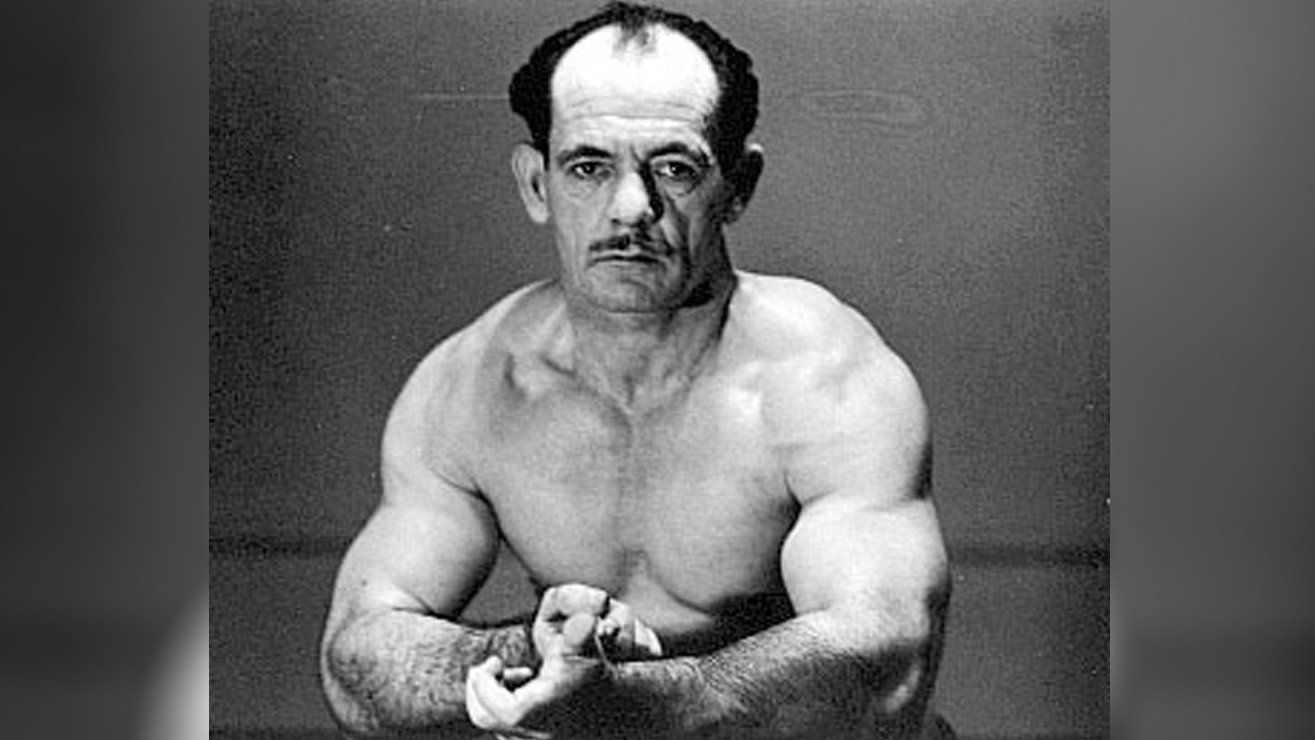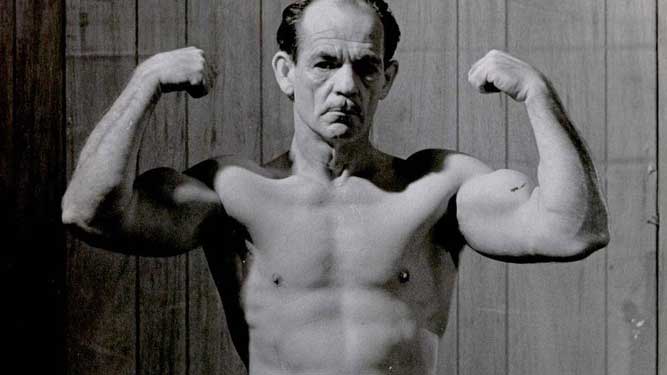As one of many signs that I'm getting old, I still remember the original controversy surrounding the Dr. Ken Leistner training video back in the early cyberpump days. Long story short, it was a 53 year old dude who squatted 405 for 23 reps and strict-ish pressed 253 for a few, along with several strict curls near bodyweight (150+ lbs).
There was controversy in the HIT community about the cadence of his reps, with a lot of people apparently not realizing what 20 rep, "breathing" style squats entailed. HIT people always obsessed over rep speed which, while it might have implications for exercise safety, pretty clearly do not for hypertrophy as per research on the topic. Ken was from an older school of HIT and, if you actually go back to original videos of Arthur Jones himself training people, there was no attempt at controlling rep cadence etc. Example:
The other controversy, however, was that people were claiming the weights were outright fake, given his age (53) and bodyweight (~160). This pissed Ken off so much that he wound up disengaging from the internet entirely, if I recall. I remember the whole "THEY'RE WOODEN PLATES" thing, and in googling the topic, came across an old drdarden.com post on the topic where this is brought up. Brought back memories.
Anyhoo, the original form of this tape was released at some point this year on a random HIT channel:
Pretty interesting video, and, assuming Dr. Ken is legit, pretty amazing strength. His stiff-legged deadlift form in particular would make form nazis like Stuart Mcgill cry, but I love his intensity.
Anyways, for you other internet lifting old-timers like me, hope you enjoy this
There was controversy in the HIT community about the cadence of his reps, with a lot of people apparently not realizing what 20 rep, "breathing" style squats entailed. HIT people always obsessed over rep speed which, while it might have implications for exercise safety, pretty clearly do not for hypertrophy as per research on the topic. Ken was from an older school of HIT and, if you actually go back to original videos of Arthur Jones himself training people, there was no attempt at controlling rep cadence etc. Example:
The other controversy, however, was that people were claiming the weights were outright fake, given his age (53) and bodyweight (~160). This pissed Ken off so much that he wound up disengaging from the internet entirely, if I recall. I remember the whole "THEY'RE WOODEN PLATES" thing, and in googling the topic, came across an old drdarden.com post on the topic where this is brought up. Brought back memories.
Anyhoo, the original form of this tape was released at some point this year on a random HIT channel:
Pretty interesting video, and, assuming Dr. Ken is legit, pretty amazing strength. His stiff-legged deadlift form in particular would make form nazis like Stuart Mcgill cry, but I love his intensity.
Anyways, for you other internet lifting old-timers like me, hope you enjoy this
Last edited:


